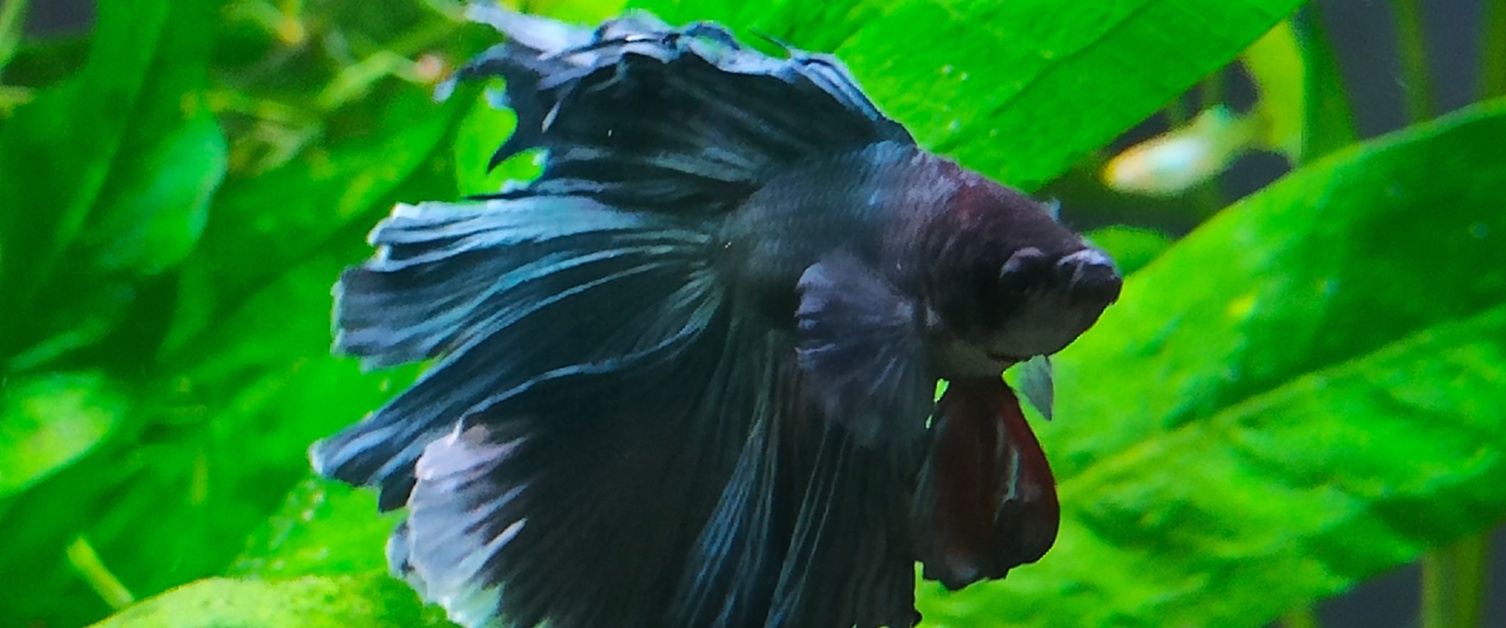Care Guide - Bettas
- Nov 28, 2023
- Dan
G'day, fellow aquarists! If you're looking to bring a splash of colour and personality into your Aussie aquarium, the Betta (Betta splendens) is a charismatic choice. As a seasoned breeder of these captivating fish, I'm here to guide you through the essentials of caring for Betta, covering everything from their unique features to tank mates and the art of breeding.
What Are Bettas?
Bettas, often called Siamese Fighting Fish, are petite, vibrant fish originating from the rice paddies of Southeast Asia. Known for their flowing fins and striking colours, Bettas are a true jewel in the aquarium hobby.
How to Care for Bettas
1. Tank Setup:
- Size: A 35-litre (10-gallon) tank is ideal for a single Betta, providing ample swimming space.
- Decor: Include soft plants and decorations with broad leaves. Bettas enjoy resting on leaves near the water's surface.
- Filtration: A gentle filter is sufficient. Bettas prefer still or slow-moving water.
2. Water Parameters:
- Temperature: Keep the water between 24-28°C (75.2-82.4°F).
- pH Level: Aim for a slightly acidic to neutral pH, around 6.5-7.5.
- Water Hardness: Bettas thrive in soft to moderately hard water, with a hardness of 5-15 dGH (89.5-267.9 ppm).
3. Feeding:
- Bettas are carnivores. Feed them high-quality betta pellets or flakes.
- Treat them with occasional live or frozen foods like bloodworms or brine shrimp.
4. Tank Enrichment:
- Include hiding spots and surfaces near the water surface for them to rest.
- Bettas appreciate a mix of silk and live plants for mental stimulation.
What Fish Make Good Tank Mates?
Bettas are territorial, so choose tank mates wisely:
- Snails: Peaceful tank cleaners like Nerite Snails.
- Shrimp: Non-aggressive species like Cherry Shrimp.
- Small Rasboras or Tetras: Peaceful schooling fish that won't threaten the Betta's territory.
Avoid fin-nipping or aggressive fish to ensure a harmonious environment.
How to Breed Bettas
Breeding Bettas can be an exciting venture. Here's a simplified guide:
- Separate Breeding Tank: Introduce a male and female into a separate, well-planted breeding tank.
- Conditioning: Feed them a protein-rich diet to enhance their health and colours.
- Bubble Nest: Male Bettas build bubble nests at the water's surface. Once built, it's a sign they are ready to breed.
- Spawning: The male embraces the female, and she releases eggs. The male collects and fertilizes them, placing them in the bubble nest.
- Fry Care: Once hatched, feed the fry infusoria or specialized fry food.
With proper care and attention, you may soon have a tank teeming with tiny Betta fry!
Remember, keeping Bettas is a delightful journey into the world of colourful and intelligent fish. If you have any questions or need advice, don't hesitate to reach out. Happy fishkeeping!
